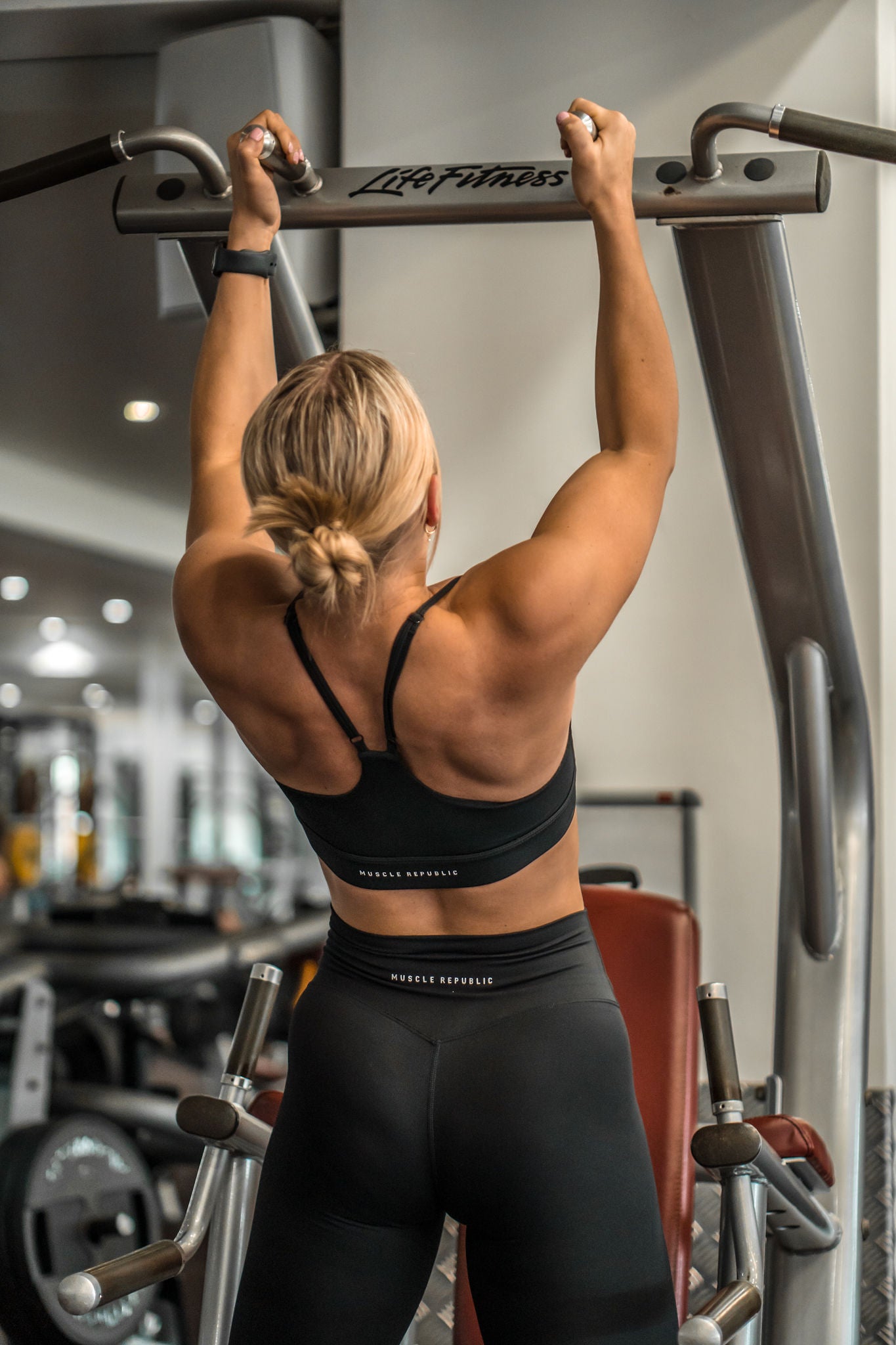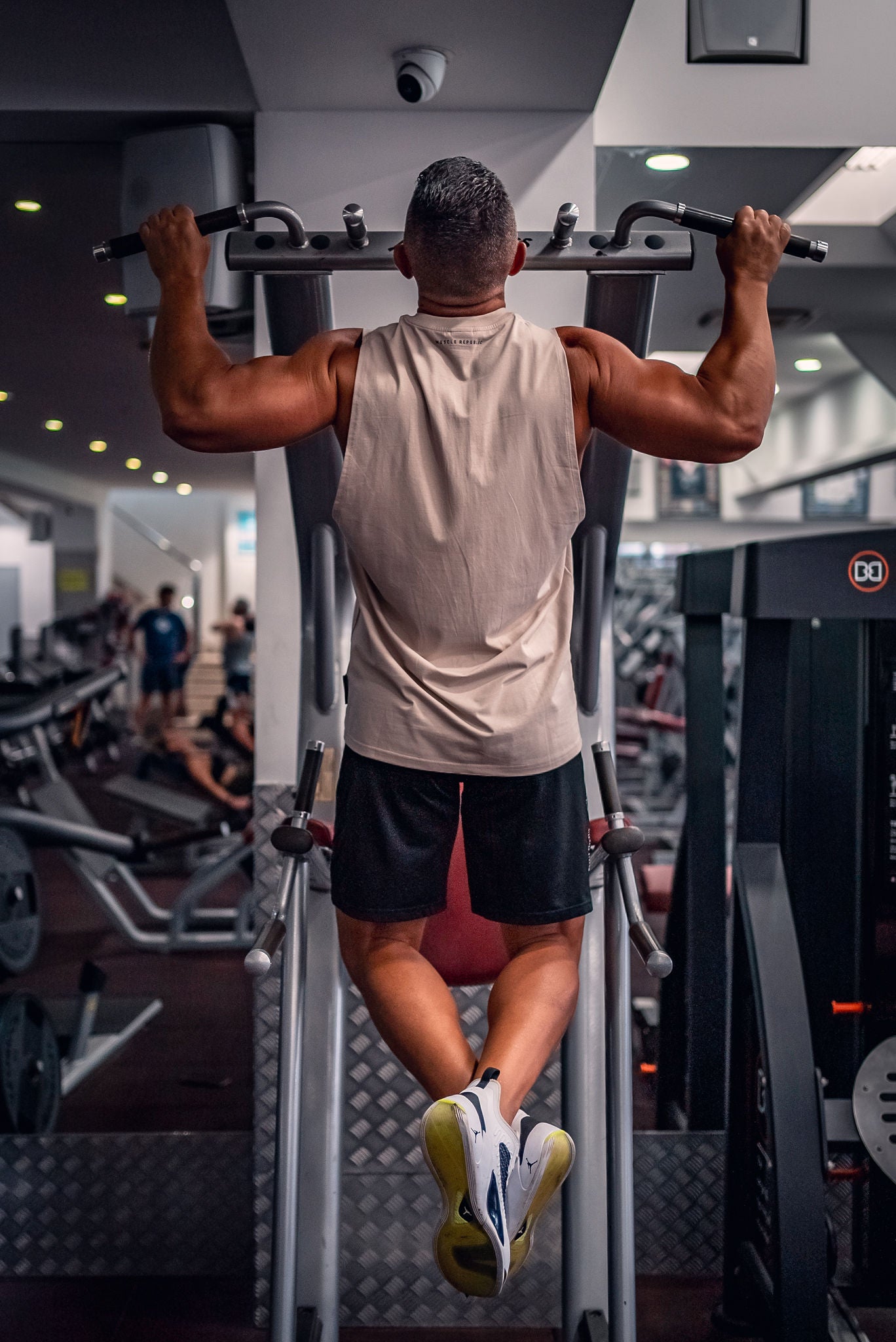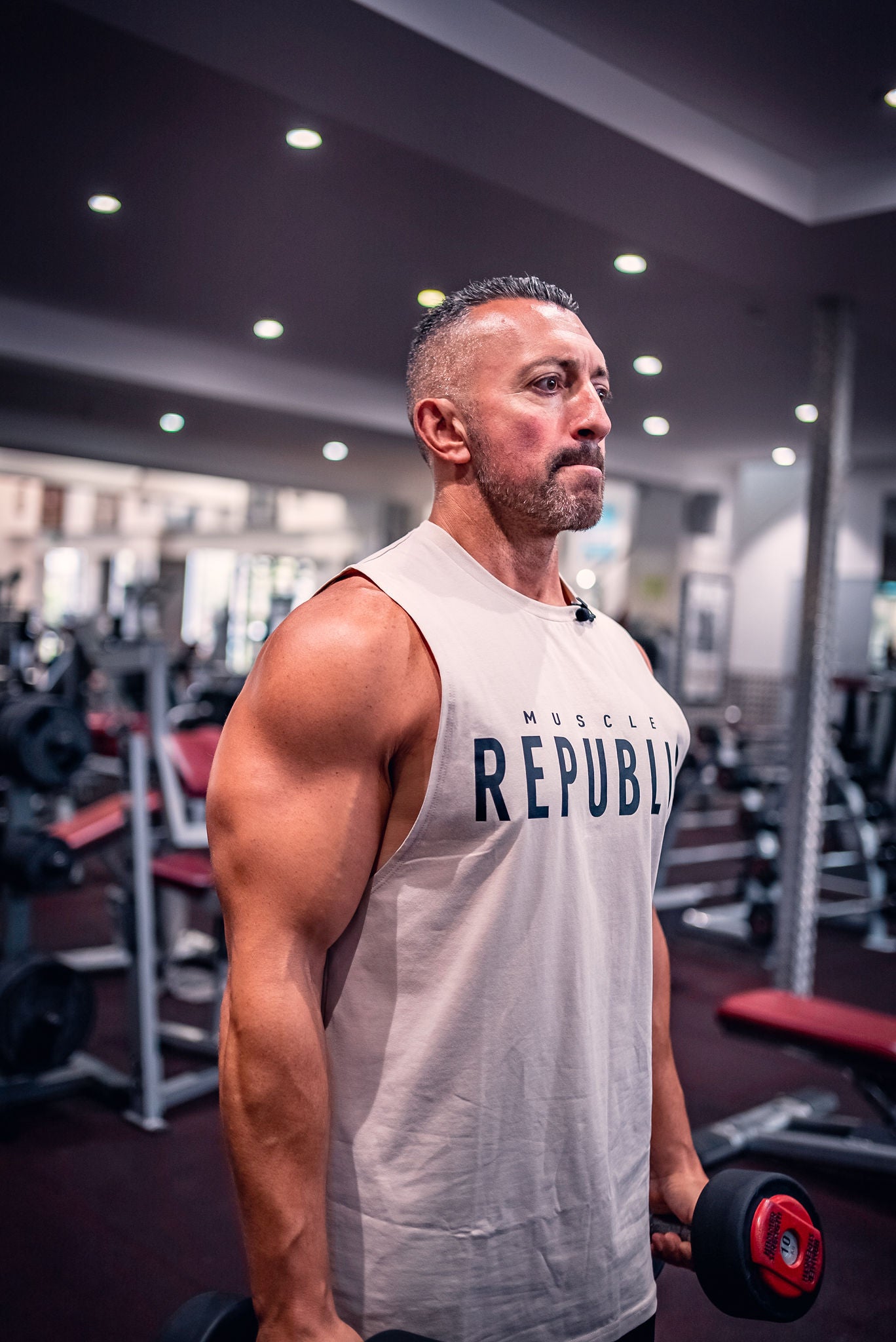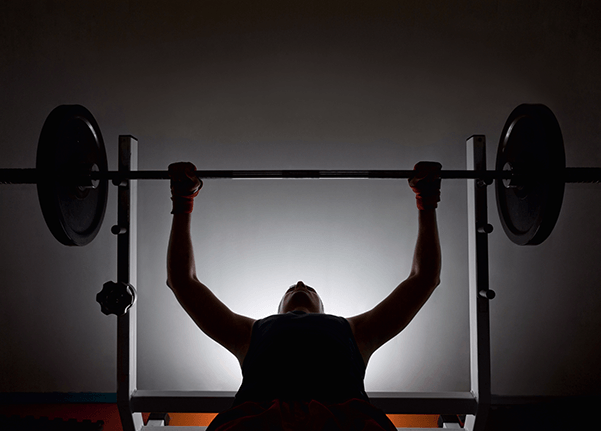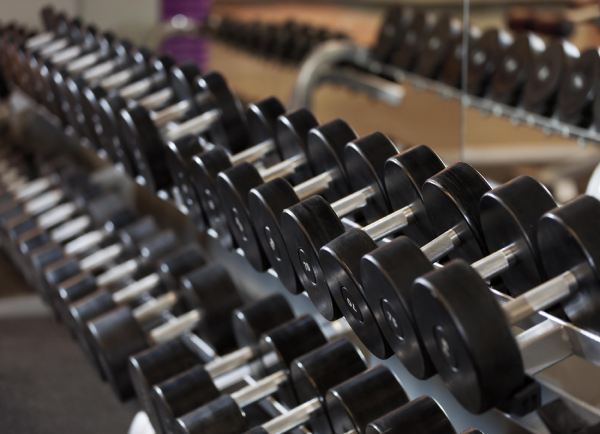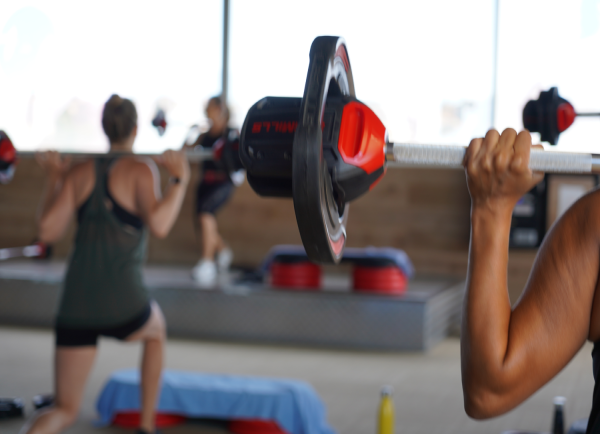
3 reasons why you’re not squatting correctly
When I began personal training, I was astounded by the large majority of clients who could not squat correctly. I was sure that this phenomenon extended beyond my circle of clients to many other members. Understanding that correct performance of this foundational exercise is crucial for preventing injury and seeing sustainable results, I knew it would be important to shed light on why many people fail to squat. In the following article, I outline three common factors which prevent people from squatting correctly.
Reason #1: Tight Hip Flexors
Due to a large portion of the population living a sedentary lifestyle, tight hip flexors are a common problem preventing people from squatting with the correct technique. Sitting for extended periods of time can lead to chronically tight hip flexors. Tight hip flexors can cause your body to collapse inward on the decent of your squat, thus preventing you from accessing your potential squatting depth.
What is more, tight hip flexors can inhibit glute activation while squatting. This can cause further tightness in the hip flexors and place strain on the lower back, both of which can create long term injuries. There are a variety of hip flexor stretches, foam rolling and trigger ball release exercises which can be used to relieve tight hip flexors.
Reason #2: Weak Glutes
I hear many people emphasise the importance of bracing the core when squatting. While a weak core can cause you to collapse forward during the lowering phase, having strong glutes play a far greater role in maintaining correct torso position throughout the movement.
As you know, the body is highly adaptable. When you set out to perform a movement, the body will attempt to perform as best it can, regardless of whether or not it is capable. In the case of weak glutes, the body attempts to muscle through the movement by firing the quads and hip flexors.
This mechanism can cause your body descend deeper into the squat than your glute strength allows. This can result in chronically tight hip flexors. Therefore, if your glutes are weak, it is crucial to incorporate glute strengthening exercises into your training regime.
My favourite glute exercise is the hip thrust. The placement of the bar over the hips causes greater glute recruitment than both squats and deadlifts. Likewise, bending the knees relaxes the hamstrings, thereby allowing you to isolate the glutes to a greater degree.
Reason #3: Tight Calves and Ankles
To be able to descend into a deep squat, you need to have good calf and ankle mobility. You can assess whether your calf and ankle mobility is hindering your squat by determining whether your heels rise off the ground during the lowering phase. You can increase your calf mobility through specific stretches as well as foam rolling and trigger ball release work. Check out our Facebook Live event where Tim from the Wright Physio details how to increase your ankle mobility to increase your squat depth.
We have also installed a new squat rack in the Underground Studio and have recently bought two new Olympic Half Racks to the weights floor. Come and check it out! Training with a buddy is always better. Why not let them know about our 3 day trail? If you would like further advice on training, make sure you take advantage of our amazing Personal Training offer. For just $99, you receive 3 personal training sessions. How good is that?
If you enjoyed this article, please subscribe to our emailing list to receive more inspirational and educational content. Also, if you haven’t already, please follow us on Instagram, Facebook and YouTube.
Reason #1: Tight Hip Flexors
Due to a large portion of the population living a sedentary lifestyle, tight hip flexors are a common problem preventing people from squatting with the correct technique. Sitting for extended periods of time can lead to chronically tight hip flexors. Tight hip flexors can cause your body to collapse inward on the decent of your squat, thus preventing you from accessing your potential squatting depth.
What is more, tight hip flexors can inhibit glute activation while squatting. This can cause further tightness in the hip flexors and place strain on the lower back, both of which can create long term injuries. There are a variety of hip flexor stretches, foam rolling and trigger ball release exercises which can be used to relieve tight hip flexors.
Reason #2: Weak Glutes
I hear many people emphasise the importance of bracing the core when squatting. While a weak core can cause you to collapse forward during the lowering phase, having strong glutes play a far greater role in maintaining correct torso position throughout the movement.
As you know, the body is highly adaptable. When you set out to perform a movement, the body will attempt to perform as best it can, regardless of whether or not it is capable. In the case of weak glutes, the body attempts to muscle through the movement by firing the quads and hip flexors.
This mechanism can cause your body descend deeper into the squat than your glute strength allows. This can result in chronically tight hip flexors. Therefore, if your glutes are weak, it is crucial to incorporate glute strengthening exercises into your training regime.
My favourite glute exercise is the hip thrust. The placement of the bar over the hips causes greater glute recruitment than both squats and deadlifts. Likewise, bending the knees relaxes the hamstrings, thereby allowing you to isolate the glutes to a greater degree.
Reason #3: Tight Calves and Ankles
To be able to descend into a deep squat, you need to have good calf and ankle mobility. You can assess whether your calf and ankle mobility is hindering your squat by determining whether your heels rise off the ground during the lowering phase. You can increase your calf mobility through specific stretches as well as foam rolling and trigger ball release work. Check out our Facebook Live event where Tim from the Wright Physio details how to increase your ankle mobility to increase your squat depth.
We have also installed a new squat rack in the Underground Studio and have recently bought two new Olympic Half Racks to the weights floor. Come and check it out! Training with a buddy is always better. Why not let them know about our 3 day trail? If you would like further advice on training, make sure you take advantage of our amazing Personal Training offer. For just $99, you receive 3 personal training sessions. How good is that?
If you enjoyed this article, please subscribe to our emailing list to receive more inspirational and educational content. Also, if you haven’t already, please follow us on Instagram, Facebook and YouTube.
Previous post
3 myths about exercise during pregnancy dispelled!
Next post
